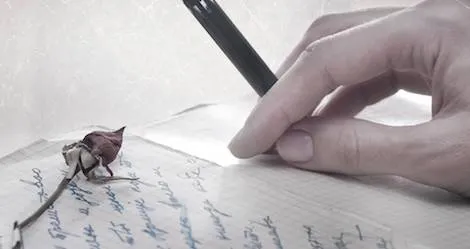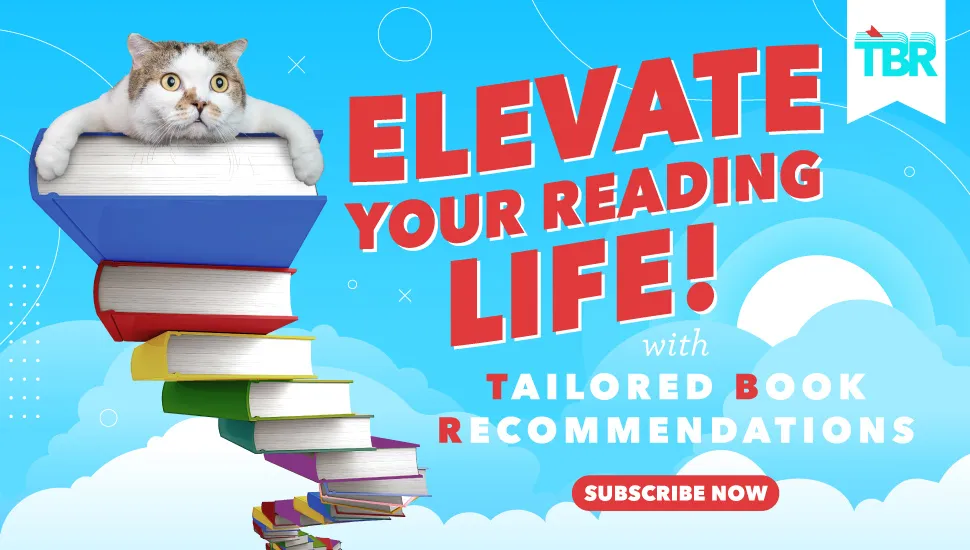
Book Inscriptions As Evidence of Love
This content contains affiliate links. When you buy through these links, we may earn an affiliate commission.
When I was gifted books as a kid that featured inscriptions inside the cover, I didn’t pay much mind to them. It seemed like another variation of the birthday card, but more permanent. And then that permanence started to show its value. Twelve years after my grandfather passed away, I found a reference text on ancient civilizations with his note, “You might find me in here.”
When my nephew was born, I wrote him an excessively long note on my gift to him– the picture book Make Way For Ducklings. I emphasized how much this book had meant to me when I was a kid, though it may not be as flashy as the current children’s books out there. It might take him sixteen years to realize that it mattered so much to me to write this little message. Next, I’m hoping to get my niece The Snowy Day by Ezra Jack Keats and write her a note too, this time about how much I loved the imagery of that book, how the colors popped more than any other illustrations I had seen. It made me want an orange snow coat.
Most people I know avoid the book inscription entirely, choosing to gift a clean, unmarked book so that the reader can hold on to it or send it on to somebody else. Supposedly, with marks of ink, the text will lose its value, which I find to be an interesting train of thought. For me, valuing books probably shouldn’t be based on dollar amounts.
Most inscriptions that receive attention are, of course, based on the author’s note rather than anyone else’s. For example, Huffington Post put together an online listicle of inscriptions from famous authors. But, honestly, I’d much rather have a copy of Eliot’s poems with a note from my mother on the inside (She loves “The Love Song of J. Alfred Prufrock”) than Eliot’s little note to a stranger.
Even the most anonymous inscription messages can give us a truly lovely look into books and how they were valued by prior owners. Consider The Book Inscriptions Project, where people have gathered together inscriptions from their book collections. Here’s an example of the images that are being pulled together here. To read the inscription, head over to the site. Even the handwriting is interesting– a showing of personal connection and evidence of personality surviving sometimes long past the inscriber.
Especially with the influence of digital reading in my life, my traditional book reading is special now. It allows me to place more value on a gifted book. This means it’s worth it to have this book take up space in my house. This means that somebody purchased it and took the time beyond immediate download for me. I want inscriptions to be considered again in sixteen years, to see the evidence of such love.
Saying this now makes me think of my grandmother, who gets frustrated when people don’t write in the books they give her. She wants to keep a record of where and when a text appeared in front of her. And I suppose, sixteen years after writing this, I’ll probably wish the same thing because books aren’t just objects in the house for me, they’re moments in which my brain matured. They mark changes in my life. They are memories themselves.
But that’s me.













